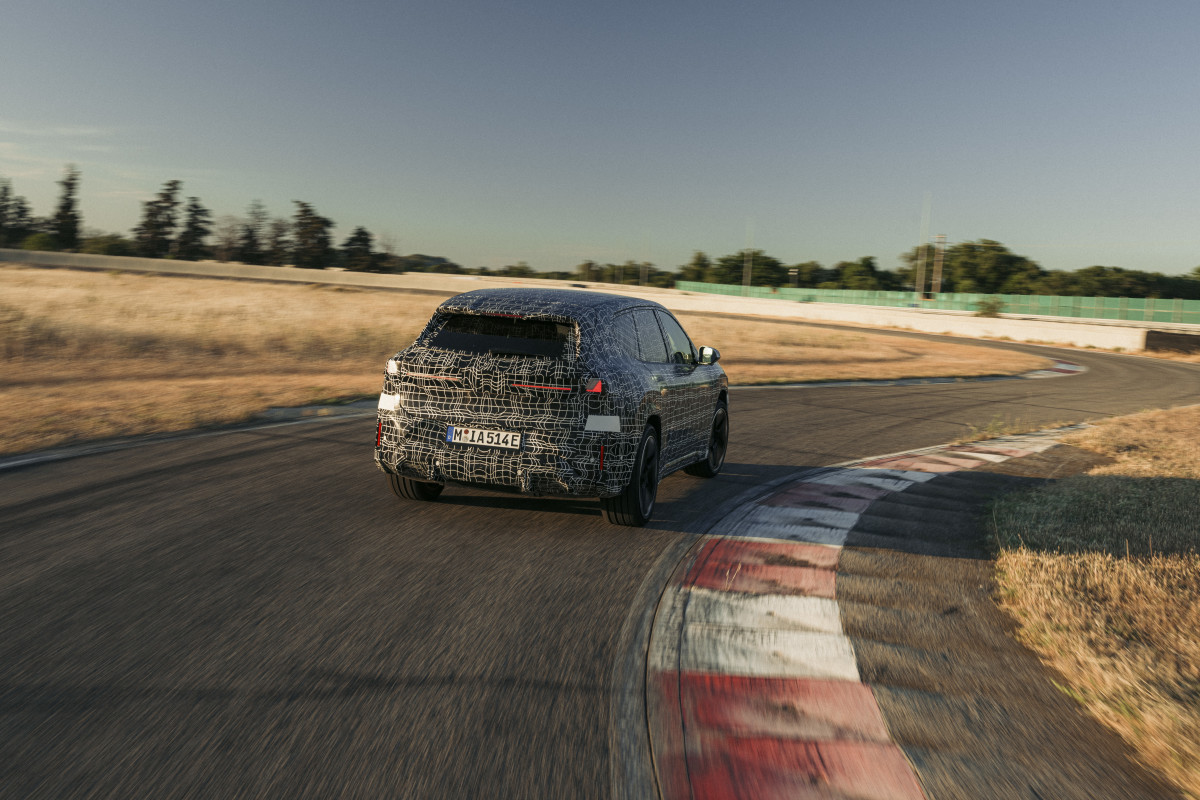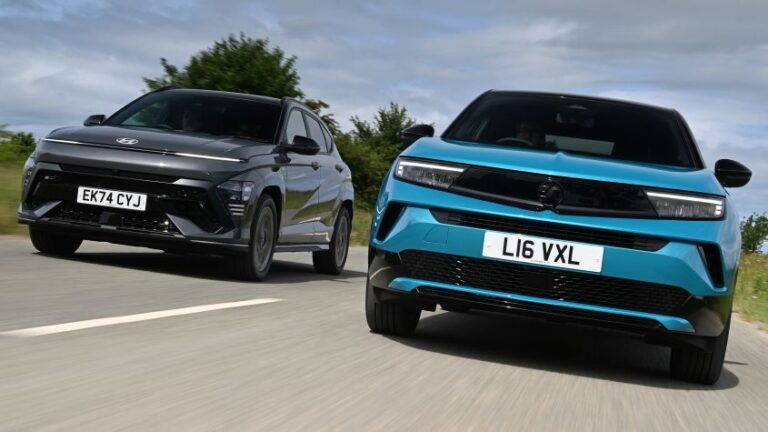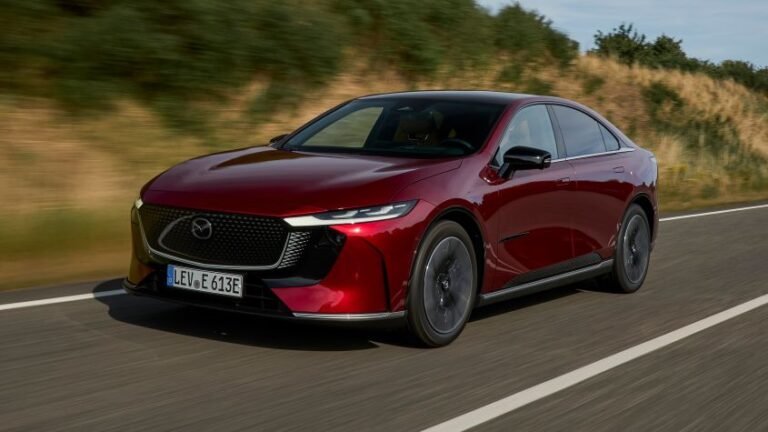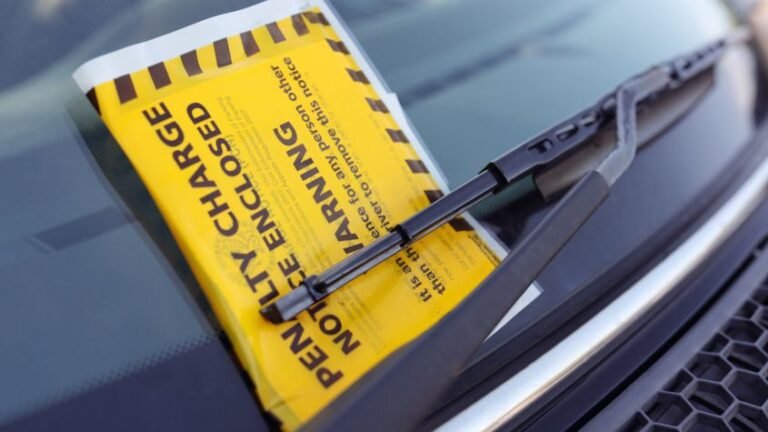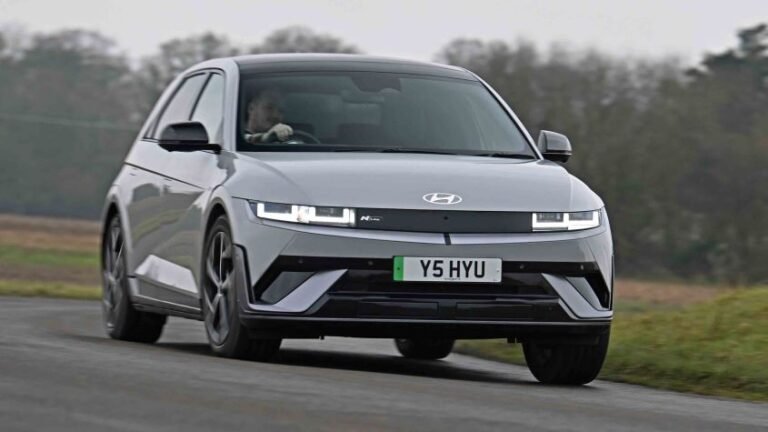
BMW’s Shift in Autonomous Strategy
In demonstrating its next-generation Neue Klasse electric cars, BMW was surprisingly diffident about the prospects for high-level autonomy. This comes at a time when Tesla and rival robotaxis grab the media landscape, and other established manufacturers scramble in the same direction.
BMW is almost setting itself up not as the Ultimate Driving Machine, but the Only Driving Machine. Perhaps BMW is just recognizing what the whole industry has found: that autonomous driving is far harder than anyone thought, and also that in most places outside China, the car-buying public isn’t sure they want it anyway.
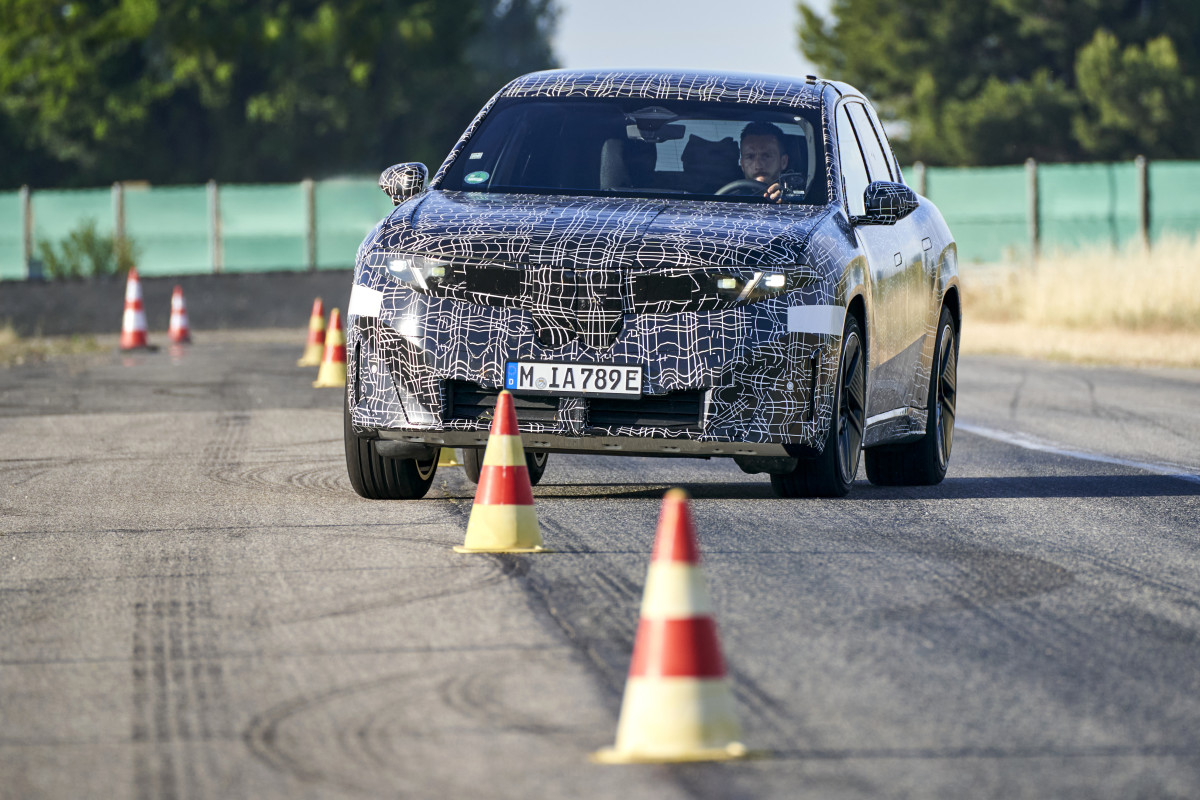
Early Promises That Missed the Mark
The prevailing thought used to be very different. In the early to middle of the last decade, most car companies said autonomous driving would be here by 2021 or so.
In 2017, BMW showed a concept-car version of what would become the iX. The engineers told us the production iX would be able to drive itself door-to-door in many parts of the world by 2023. That date has come and gone, and there’s little sign of the capability.
Related: 2026 BMW iX gets more power, range, and trim levels
Cooperative Driving, Not Autonomy
Alexander Karajlovic, head of driving dynamics and assistance for the next iX3, no longer talks much of autonomous driving, preferring the phrase ‘co-operative driving’.
The car will assist its driver in many new ways, but the driver has to be – and wants to be, BMW thinks – always in the loop. If you drive well, the systems won’t nanny you, but if you seem to be inattentive, they step in.
For instance, if your eyes are on the road and you steer a smooth line through a curve, even if you transgress the dotted line in the center of the road, the wheel won’t nudge your hands back into the lane. Change lanes without signaling? No annoying buzzer, as long as you’ve checked your mirror. If a parked car blocks your lane, it’ll brake gently and steer around it, rather than panic braking and blaring alarms.
BMW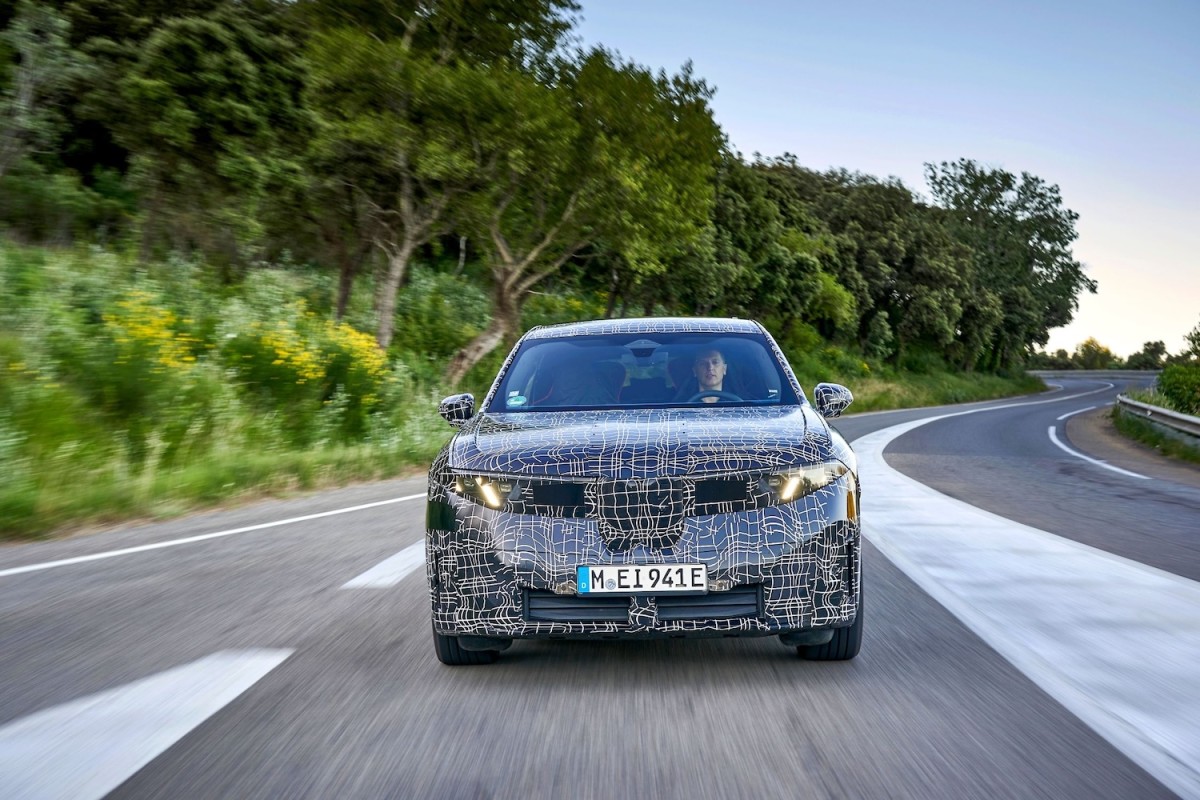
Advanced Assistance, Not Full Automation
There are also some fancy self-parking systems, using AI to help drivers find spaces, make it easy to select one, and drive in with natural-feeling precision.
The processor’s power to do this is significant. It’s a single central water-cooled chip, as powerful as the ‘Heart of Joy’ computer that controls the vehicle’s powertrain, brakes and chassis. It’s 20 times more powerful than BMW’s existing driver-assist brains. It uses AI algorithms for perception planning, making the operation smoother, but, Karajlovic says, sticks to rule-based planning for safety.
“We are looking for safety, not planning flashy features,” he insists. “We are not focusing on a few customers on level three [high-level highway] assistance, because the majority won’t get an advantage.”
But all cars in the Neue Klasse are upgradable. If customers truly want it and the legislative climate gets more favorable, an OTA update will give all Neue Klasse cars capability for SAE Level 2+ driving. That’s feet off, hands off, eyes on the road.
